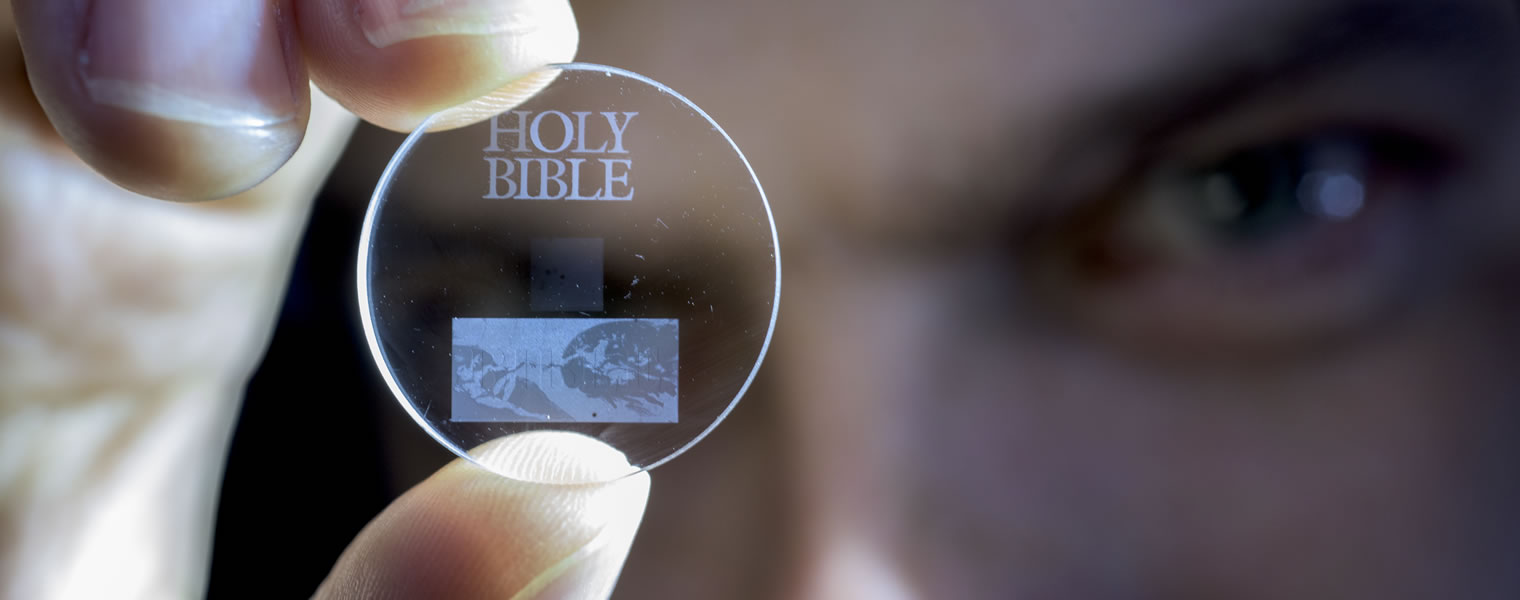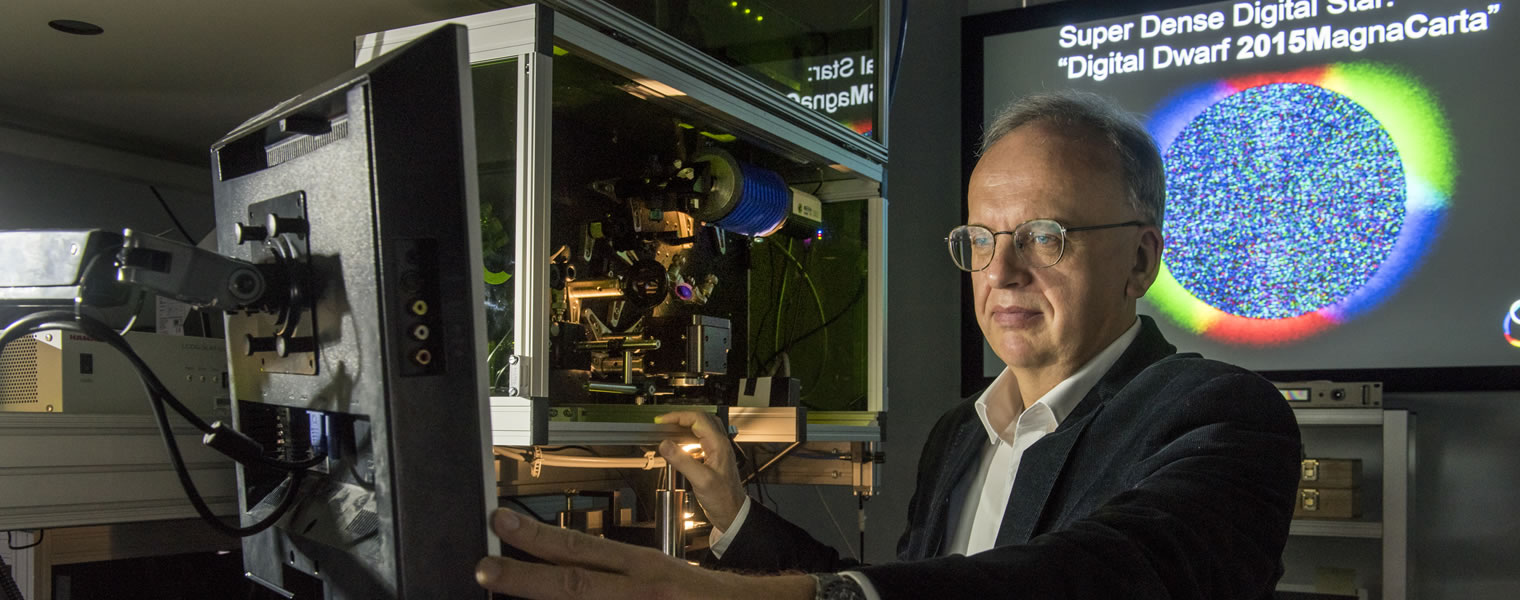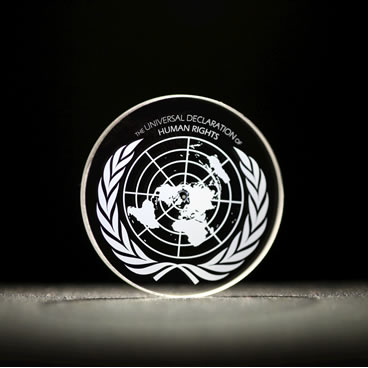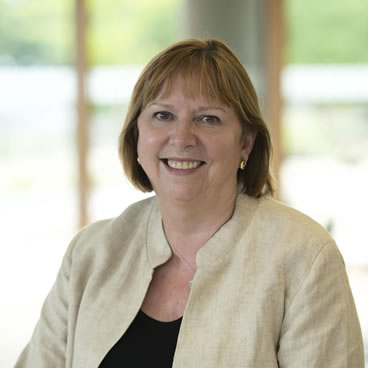Hartley News Online Your alumni and supporter magazine
Scientists at Southampton have discovered a means of storing data for billions of years in microscopic, almost indestructible format. What to do with information that could outlast civilisation is now the question.
Digital data storage to reduce carbon footprint
It is estimated that at least 2.5 billion gigabytes of data are generated every day. The centres that store this vast quantity of data consume roughly three per cent of the global electricity supply and account for around two per cent of total greenhouse gas emissions, putting them on a par, in terms of carbon footprint, with the airline industry.
It is in this context that the development of digital data storage by scientists at Southampton is being met with widespread enthusiasm. The team from the Optoelectronics Research Centre (ORC) under the supervision of Professor Peter Kazansky, has developed the process for recording and retrieving five dimensional (5D) digital data by ultrafast femtosecond laser writing, using nanostructured glass.
Using this process,
we can record 360TB of data, the equivalent of 7,000 Blu-ray disks, on something the size of a CD,
explains Peter. Moreover, it can be stored at room temperature for a virtually unlimited period of time (billions of years) and will be capable of withstanding both fires and frost – even another ice age.
The technology, which emanated from work done under the framework of European Union project Femtoprint, was first experimentally demonstrated in 2013 when a 300kb digital copy of a text file was successfully recorded in 5D. Since then, major documents have been recorded including, most recently, the King James Bible and the Universal Declaration of Human Rights.
‘Superman’ memory crystal
Dubbed the ‘superman’ memory crystal, as the glass memory has been compared to the ‘memory crystals’ used in the Superman films, the data is recorded using ultrafast laser, producing extremely short and intense pulses of light. The laser is used to inscribe information in three layers of nanostructured dots separated by five micrometres (one millionth of a metre). The self-assembled nanostructures change the way light travels through glass, modifying polarisation of light that can then be read, or decoded, using a combination of optical microscope and a polariser, similar to that found in Polaroid sunglasses. The information is revealed in five dimensions: the size and orientation in addition to the 3D positioning of the nanostructures.
Peter reveals that the discovery was serendipitous. “Our main speciality was light matter interaction or optical phenomena, rather than data storage. We had been collaborating with a group at Kyoto University in Japan for over a decade. We had been exploring the effects of intense light fields produced by high power, short pulsed lasers on glass. It was by chance that we discovered this optical phenomena of self-assembled nanostructure formation. Eventually, it turned out this unusual phenomena would be useful for data storage,” he says.
Documents that survive the human race
Given its potential durability and longevity, the technology could have huge commercial implications and has generated significant interest. The ORC presented a copy of the Universal Declaration of Human Rights encoded to 5D data storage to the United Nations Educational, Scientific and Cultural Organization (UNESCO) at the International Year of Light closing ceremony in Mexico. “The gift was more symbolic than anything else, given the small amount of data involved,” explains Peter. “But,” he recalls,
Our claim was that one of the most important and translated documents, which sets out rules on how humanity will behave, will now survive the human race. That was leapt on by the media.
A number of large organisations have contacted Peter, including the International Court of Justice at The Hague, Microsoft, Sony and Warner Brothers, who need to archive movies incorporating large amounts of data without degradation. Institutions such as libraries, hospitals and governments, where it is essential that documents be retained safely for long periods of time, could also benefit.
From personal experience, Peter is only too aware of the importance of a durable medium. When a fire ripped through one of the University’s research buildings, the Mountbatten Building, in 2005 it was the loss of his documents rather than technical equipment that was his primary concern. “To lose equipment is not a problem, whereas my data was a disaster,” he recalls.
The sky isn’t the limit
Beyond the commercial sector, the team is excited by the futuristic possibilities that optical 5D storage presents: what to do with information that will live forever? The team’s work has been picked up by renowned thought leaders at Singularity University such as US internet pioneer and Transmission Control Protocol/Internet Protocol (TCP/IP) co-inventor, Vint Cerf. Peter has been contacted by the Long Now Foundation, who, through projects such as The Rosetta Disk and Millennium Clock, which is designed to run for 10,000 years, aim to encourage long-term thinking. And there is talk with Google Express of sending time capsules to the moon and Mars. Peter himself is intrigued by the notion of storing more personal data, such as DNA, for future generations.
The ORC are currently looking for commercial partners who will help with ongoing research to increase the speed of writing and develop a readout system that will not require a microscope. One of the barriers to commercial viability at present is the speed at which it takes to record documents, which for very long documents, could be days. How fast that process could or should become is another debate: “We perhaps need to find an optimum. There is a contradiction in being able to write something that will last forever, too quickly,” says Peter. After all, he concludes: “This technology can secure the last evidence of our civilisation.”
For more information visit Peter’s research profile page and watch the below video.






